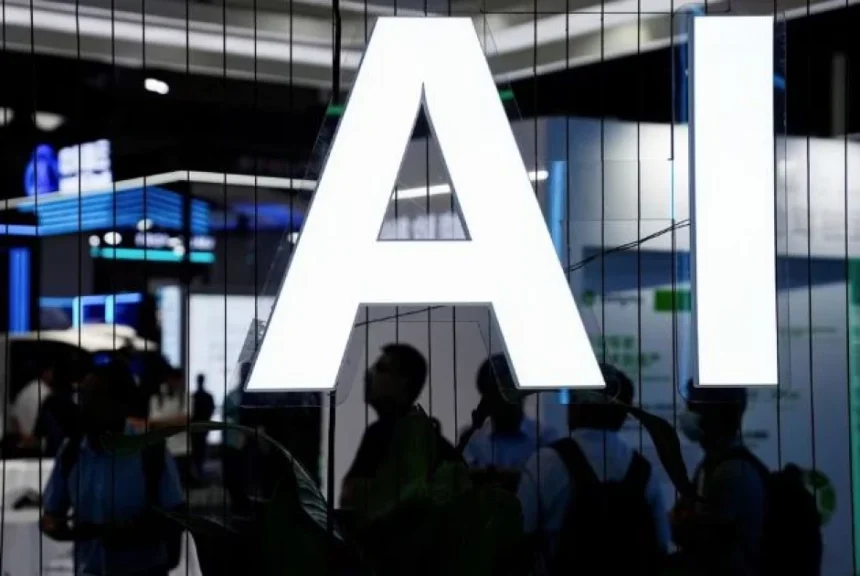There’s a new, always-available partner in your professional life. It never gets tired, never has an off day, and delivers flawlessly structured prose on command. This is your AI digital wingman, and its seductive promise is clear: effortless perfection. But as we rush to embrace this tool, a dangerous question emerges: In our quest for perfection, are we sacrificing the very thing that makes us compelling—our authentic connection?
We’re falling into the AI Wingman Trap, and the stakes are higher than just a well-worded email.
The Illusion of Perfection
What we call “perfection” in AI-generated content is often just a sterile average. It’s text trained on billions of existing human words, designed to find the most probable, least-offensive sequence of words. The result is content that is competent, polished, and utterly devoid of risk. It lacks the jagged edges of a unique thought, the subtle humor of a personal aside, or the raw conviction that comes from a deeply held belief.
This “perfection” is an illusion. It’s the perfection of a hotel room—clean, functional, and completely impersonal. It never truly feels like home.
The Three Hidden Costs of Your Digital Wingman
-
The Atrophy of Your Own Voice: Your unique communication style is a muscle. It’s built through the struggle of finding the right words, learning from awkward phrasing, and developing your own rhythms. When you consistently outsource this struggle to an AI, that muscle weakens. You may forget how to articulate a complex idea without a digital crutch, leaving your authentic voice to wither from disuse.
-
The Erosion of Trust: People are intuitive. They can sense a formula. When your communications become consistently polished in a generic, AI-hallmark way, colleagues and clients may begin to wonder: “Who am I really talking to?” Trust is built on authenticity, on the occasional stumble, and on the recognizable humanity behind the words. A perfectly manicured, AI-assisted persona can feel opaque and ultimately, less trustworthy.
-
The Death of Creative Struggle: The most groundbreaking ideas rarely emerge from a first draft, whether human or AI. They are born in the messy, frustrating, and deeply human process of iteration and struggle. By using AI to skip straight to a “finished” product, we circumvent the fertile ground where true innovation and personal insight are cultivated. We get a quick answer, but we lose the journey of discovery.
Re-framing the Partnership: From Wingman to Sparring Partner
It’s not about throwing the AI out. It’s about changing its role from a wingman who does the talking for you, to a sparring partner that makes you stronger.
-
Use it to Brainstorm, Not to Finalize. Let the AI generate ten ideas to help you come up with your own eleventh idea.
-
Use it to Critique, Not to Create. Paste your own raw draft into the AI and ask, “What are the weak points in my argument?” The goal is to improve your work, not replace it.
-
Protect Your “Human-Only” Projects. Deliberately keep certain tasks—like a personal note, a key creative brief, or a heartfelt apology—free from AI assistance. Guard these as spaces where your authentic voice must reign supreme.
The most valuable asset you have in the 21st century is not your ability to produce flawless text; it’s your humanity. Your AI wingman offers a tempting shortcut to perfection, but remember: a perfectly executed, connection-less performance is just a soliloquy to an empty room. Don’t let the algorithm become the main character of your story.










